The quality of displays and screens has advanced significantly in recent years. Therefore, many of today's Apple products today rely on OLED and Mini LED panels, which are characterized by significantly higher quality, better contrast ratio and also higher economy compared to traditional LED-backlit LCD screens. We specifically encounter modern OLED displays in the case of iPhones (except iPhone SE) and Apple Watch, while the giant bets on Mini LED in the 14″ and 16″ MacBook Pro and 12,9″ iPad Pro.
It could be interest you
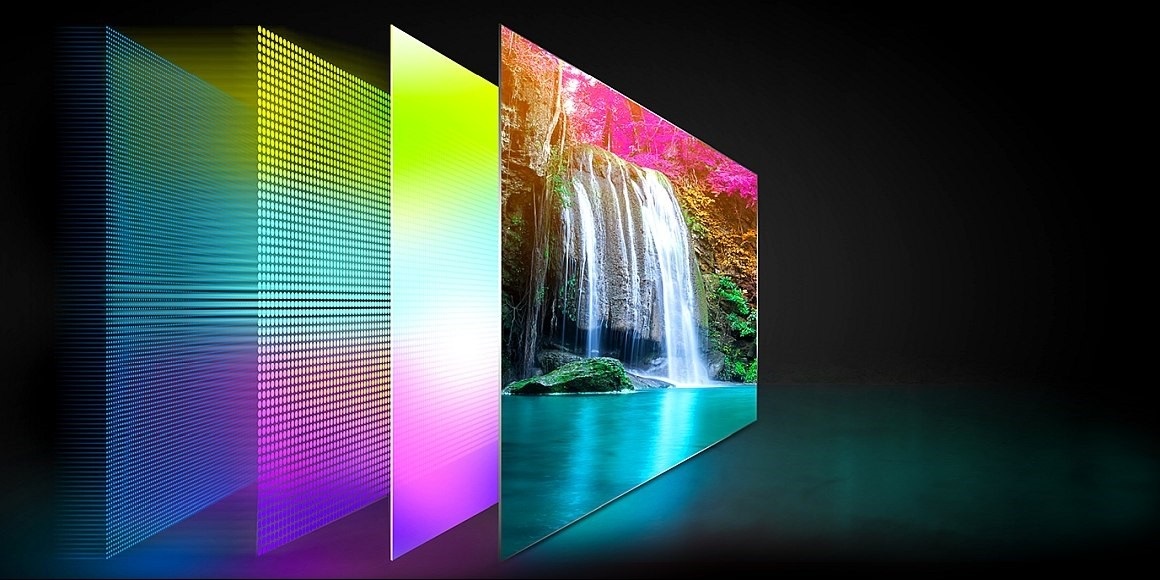
But what comes next? For the time being, Micro LED technology appears to be the future, which significantly surpasses the current king, OLED technology, with its capabilities and overall efficiency. But the problem is that for the time being you can only meet Micro LED in the case of truly luxurious TVs. One such example is the Samsung MNA110MS1A. The problem is, however, that this television cost an unimaginable 4 million crowns at the time of sale. Maybe that's why it's no longer sold.
Apple and the transition to Micro LED
However, as we indicated above, Micro LED technology is currently considered the future in the field of displays. However, we are still a long way from such screens reaching ordinary consumers. The most important obstacle is the price. Screens with a Micro LED panel are quite expensive, which is why it is not worth investing in them completely. Even so, Apple is apparently preparing for a relatively early transition. Technical analyst Jeff Pu has now made himself heard with a rather interesting news. According to his information, in 2024, Apple is to come up with a new series of Apple Watch Ultra smart watches, which for the first time in Apple's history will bet on a display with a Micro LED panel.
It is precisely in the case of the Apple Watch Ultra that the use of a Micro LED display makes the most sense. This is because it is a high-end product, for which apple growers are already willing to pay. At the same time, it is necessary to realize that this is a watch, which in turn does not have such a large display - especially compared to a phone, tablet, or even a laptop or monitor. This is precisely why the giant can theoretically afford to invest in it in this way.
What is Micro LED?
In the end, let's shed some light on what Micro LED actually is, what it is characterized by and why it is considered the future in the field of displays. First of all, let's explain how traditional LED-backlit LCD displays work. In this case, the backlight runs continuously, while the resulting image is formed by a layer of liquid crystals, which overlaps the backlight as needed. But here we encounter a fundamental problem. Since the backlight is running constantly, it is not possible to render a truly black color, because the liquid crystals cannot 100% cover the given layer. Mini LED and OLED panels solve this fundamental ailment, but they rely on completely different approaches.

Briefly about OLED and Mini LED
OLED panels rely on so-called organic diodes, where one diode represents a single pixel and at the same time they are separate light sources. There is therefore no need for any backlighting, which makes it possible to switch off pixels, or organic diodes, individually as needed. Therefore, where it is necessary to render black, it will simply be switched off, which also has a positive effect on battery life. But OLED panels also have their shortcomings. Compared to others, they can suffer from a shorter lifespan and notorious pixel burn-in, while also being plagued by a higher purchase price. However, it must be mentioned that this is no longer the case today, as technologies have come a long way since the arrival of the first OLED display.

Mini LED technology is offered as a solution to the aforementioned shortcomings. It solves the disadvantages of both LCD and OLED displays. Here again, however, we find a backlight layer that is made up of miniature diodes (hence the name Mini LED), which are also grouped into dimmable zones. These zones can then be turned off as needed, thanks to which true black can finally be rendered, even when using backlighting. In practice, this means that the more dimmable zones the display has, the better results it achieves. At the same time, in this case, we do not have to worry about the aforementioned lifespan and other ailments.
micro LED
Now let's move on to the most important thing, or what Micro LED displays are actually characterized by and why they are considered the future in their field. Very simply, it could be said that it is a successful combination of Mini LED and OLED technology, which takes the best of both worlds. This is because such displays consist of even smaller diodes, each of which acts as a separate light source representing individual pixels. So everything can be done without a backlight, as is the case with OLED displays. This brings with it another advantage. Thanks to the absence of backlighting, the screens can be much lighter and thinner, as well as more economical.
We must also not forget to mention another fundamental difference. As we mentioned in the paragraph above, Micro LED panels use inorganic crystals. Instead, in the case of OLEDs, these are organic diodes. This is why this technology is quite possibly the future for displays in general. It offers a first-class image, low energy consumption and does not suffer from the aforementioned shortcomings that accompany current display technologies. However, we will have to wait a few more years before we see a full transition. The production of Micro LED panels is quite expensive and demanding.
It could be interest you

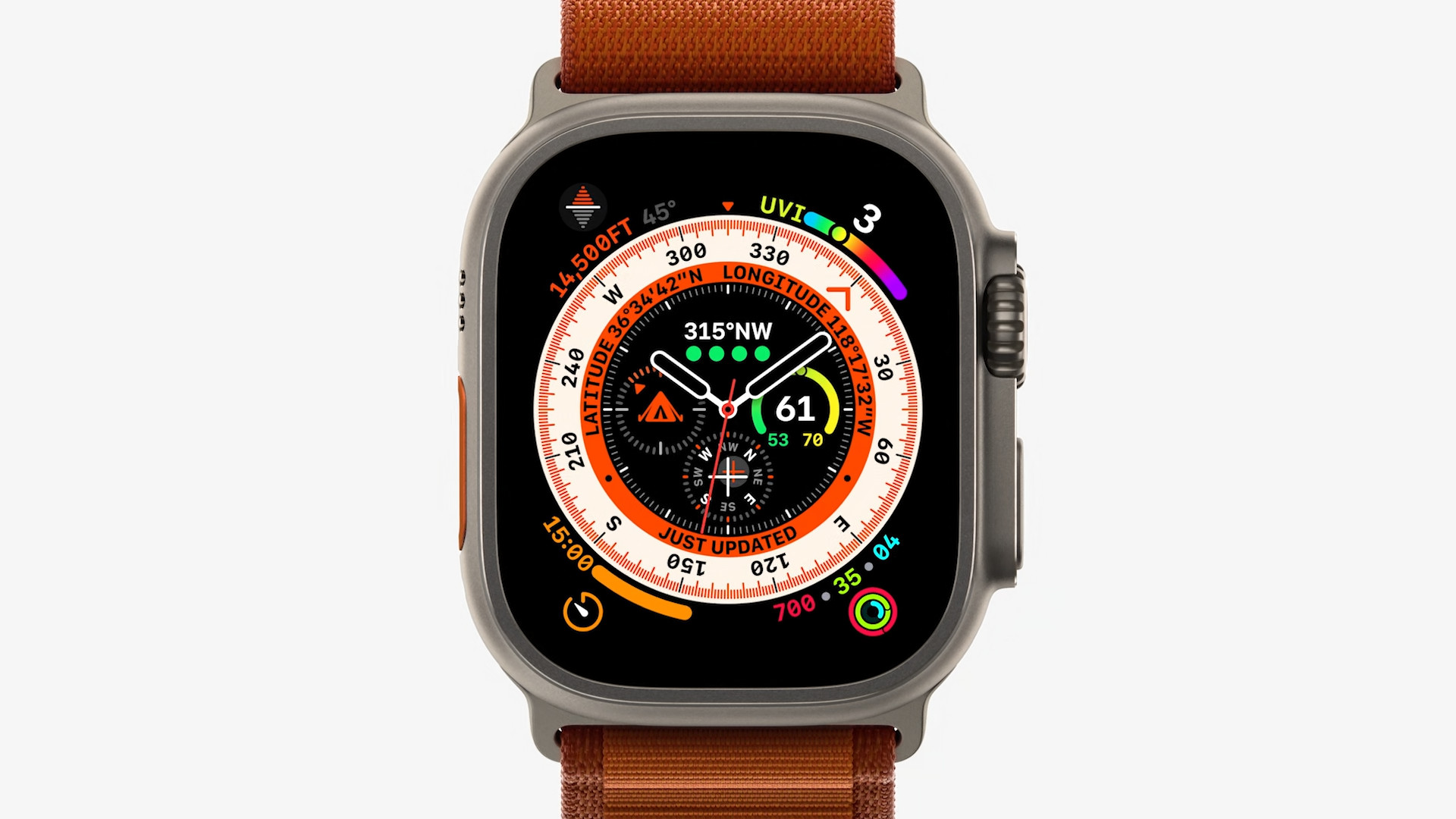
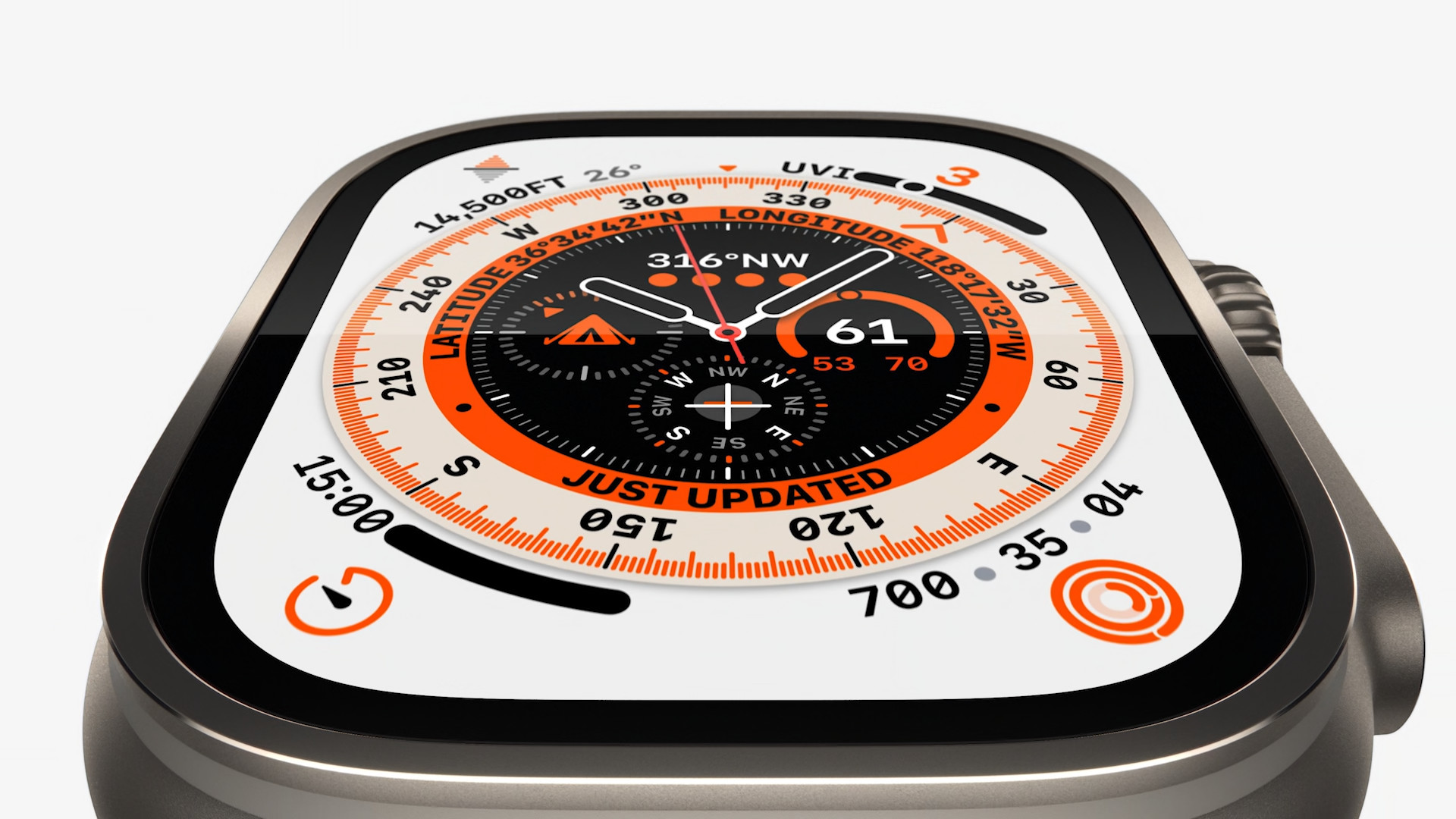
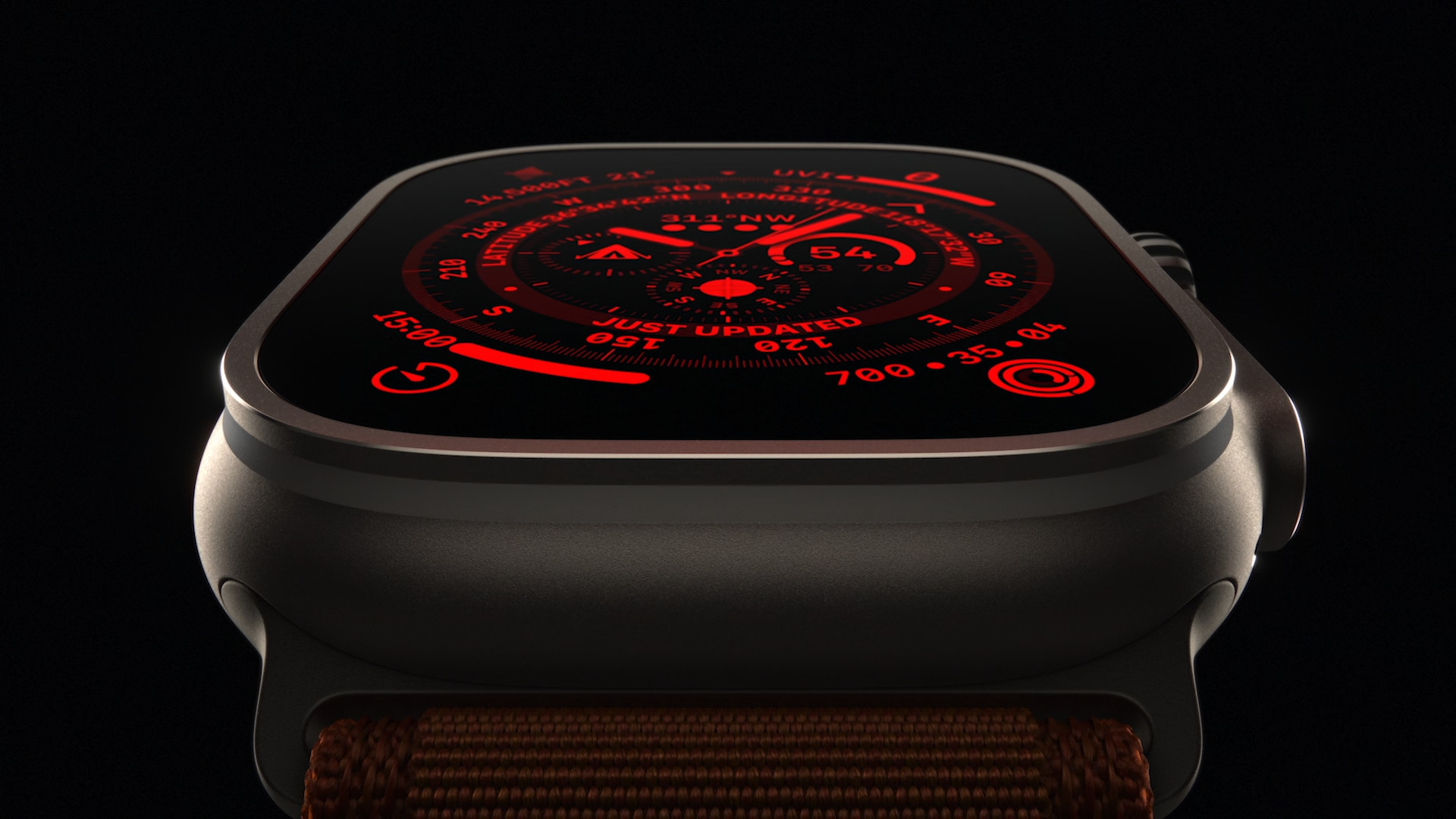
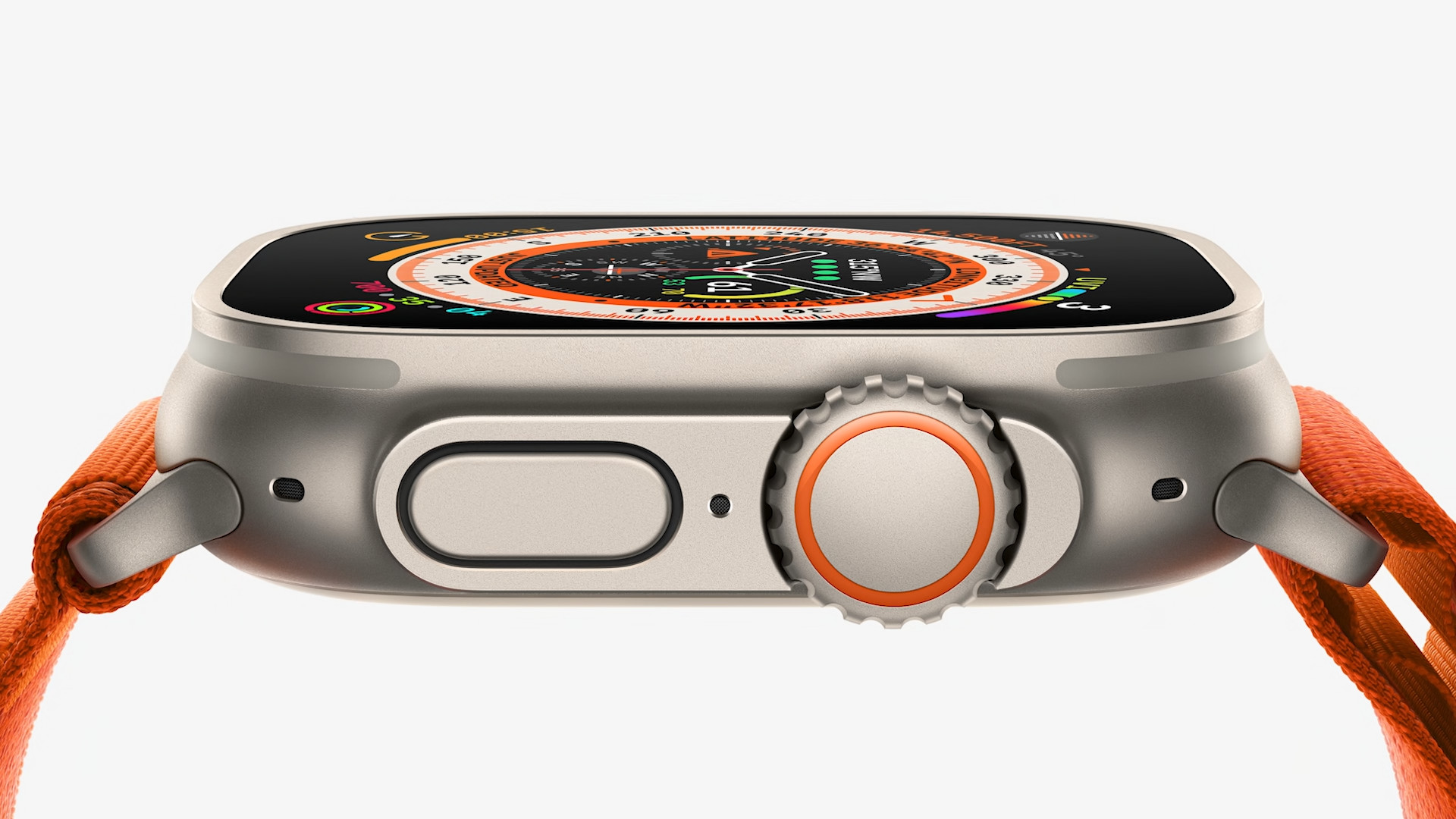

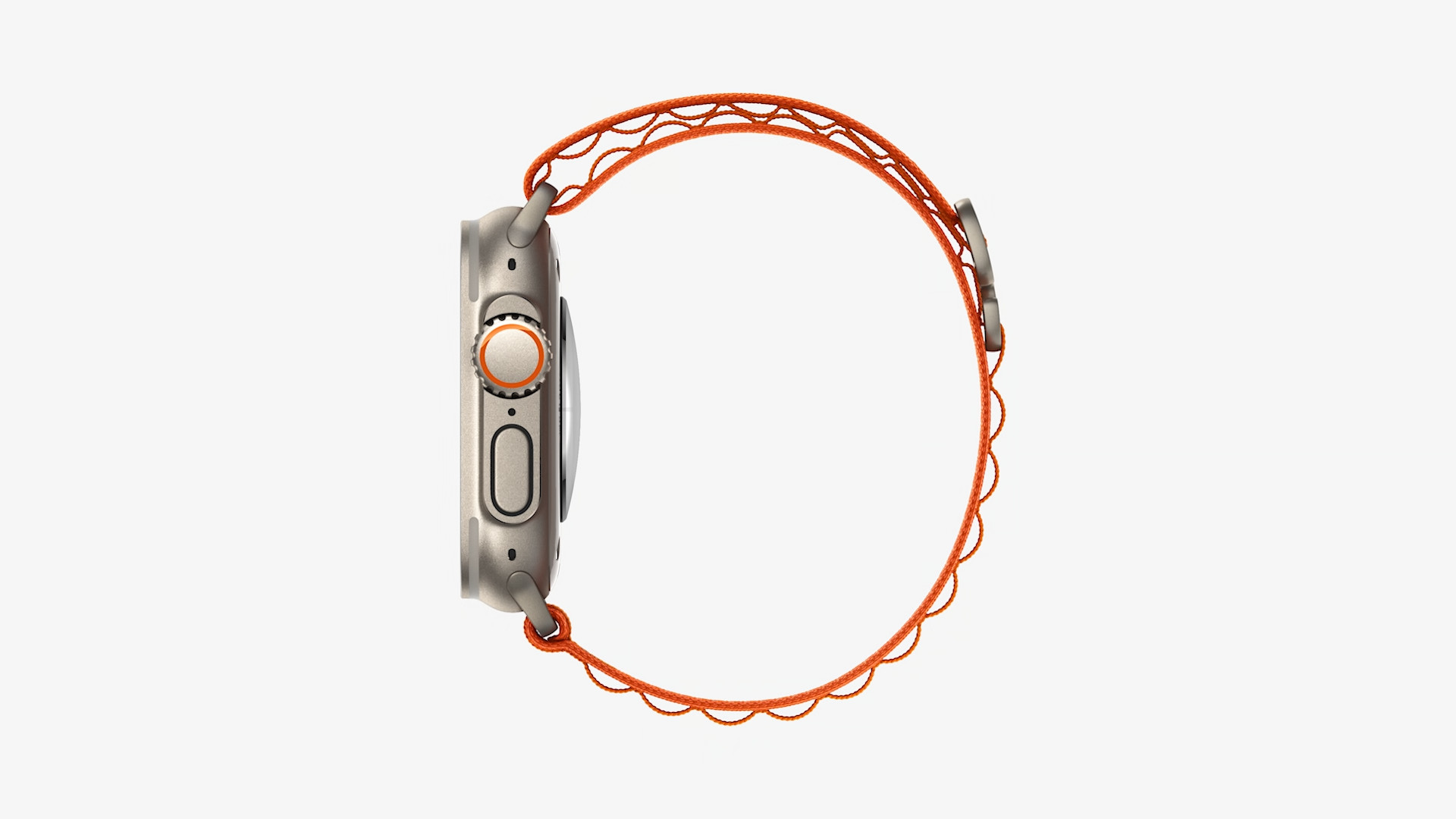
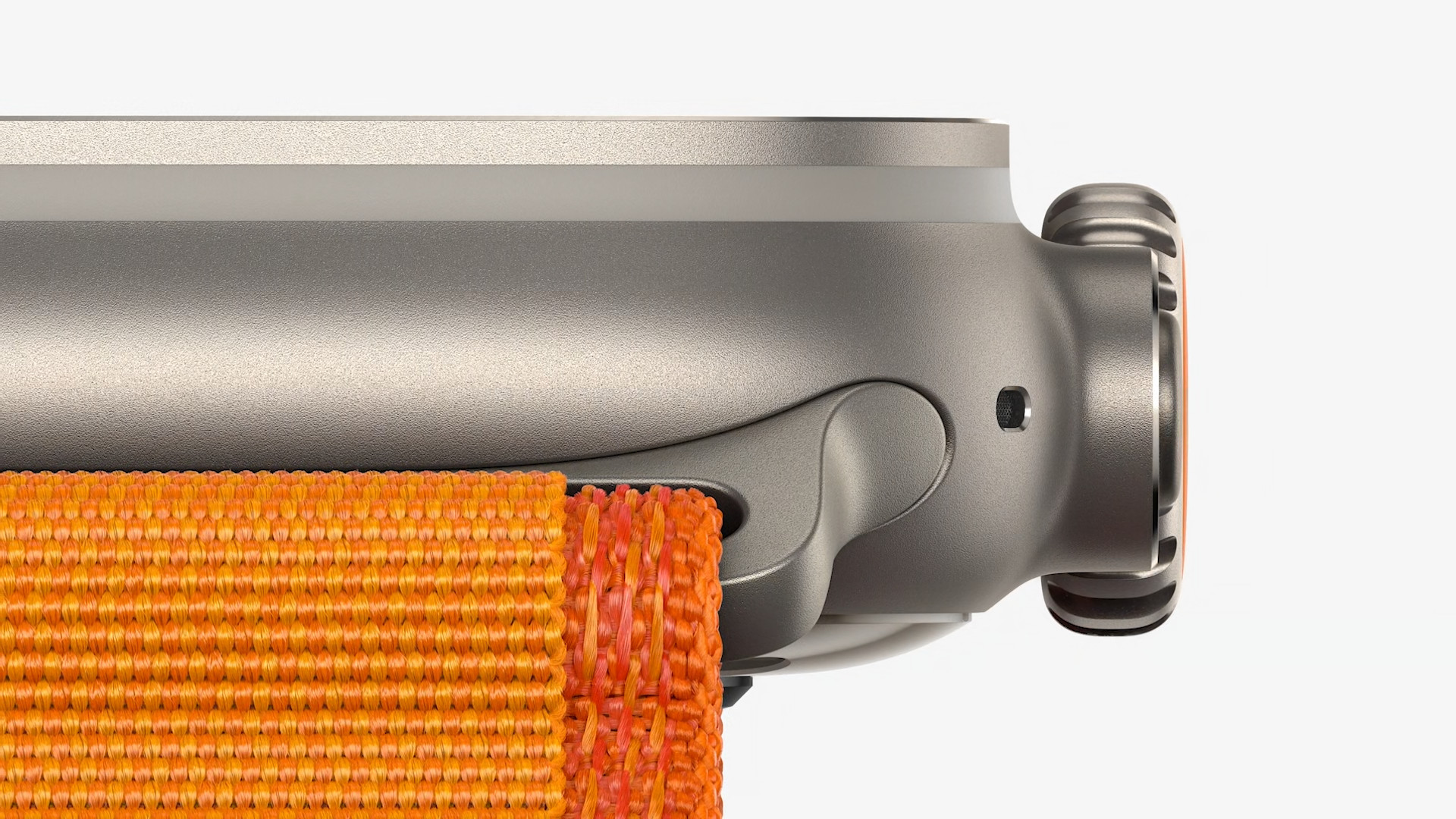
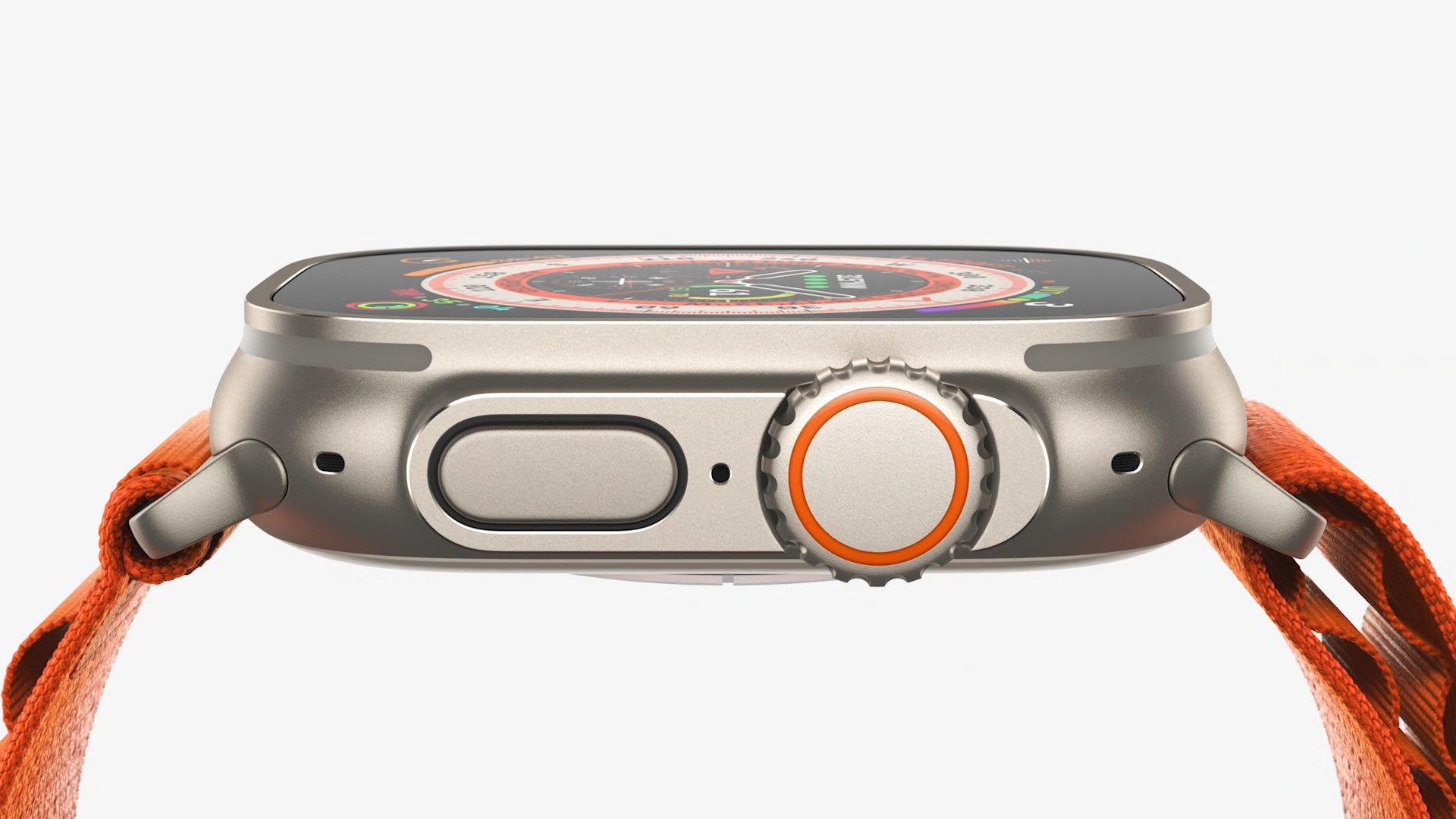

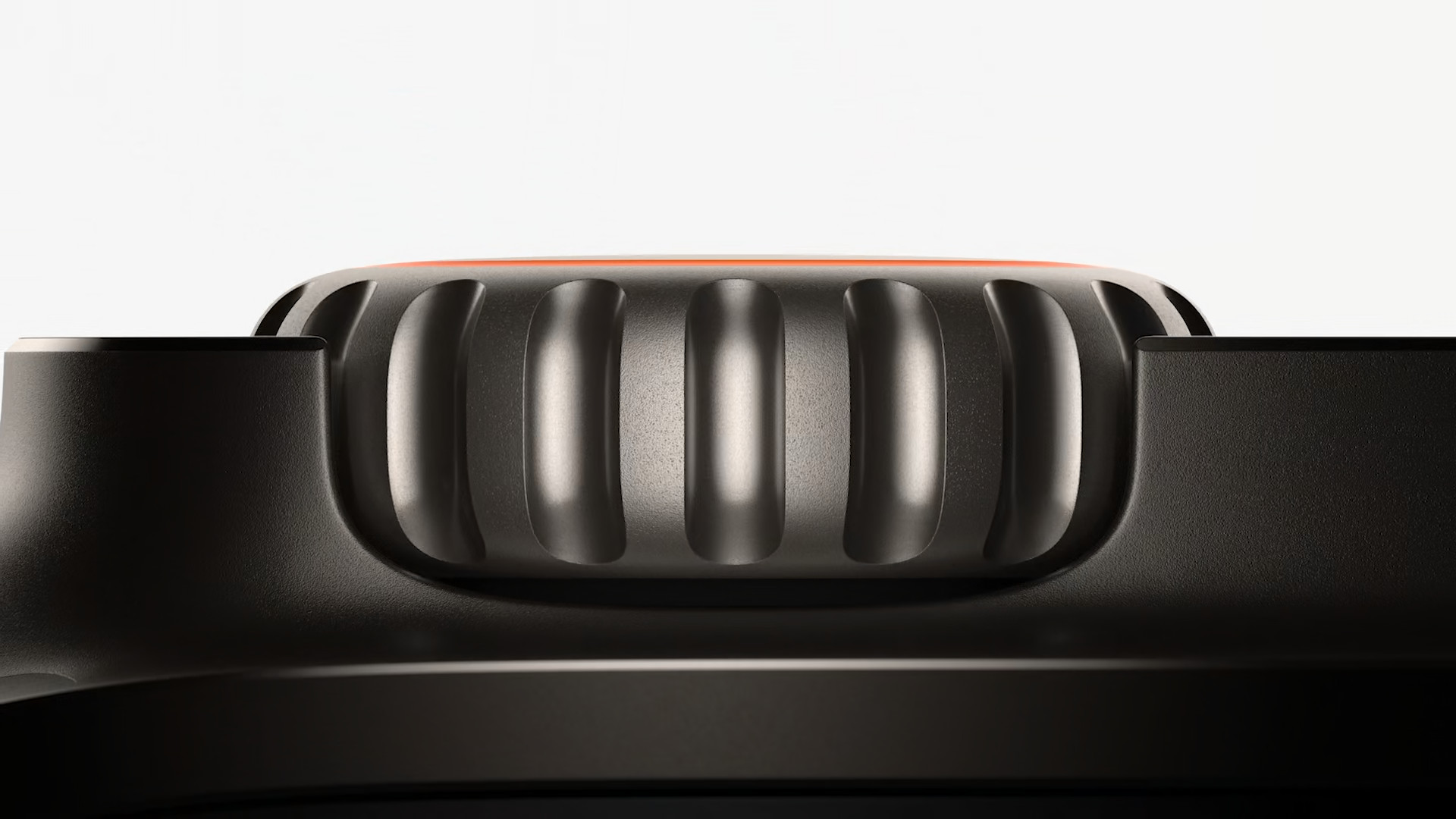
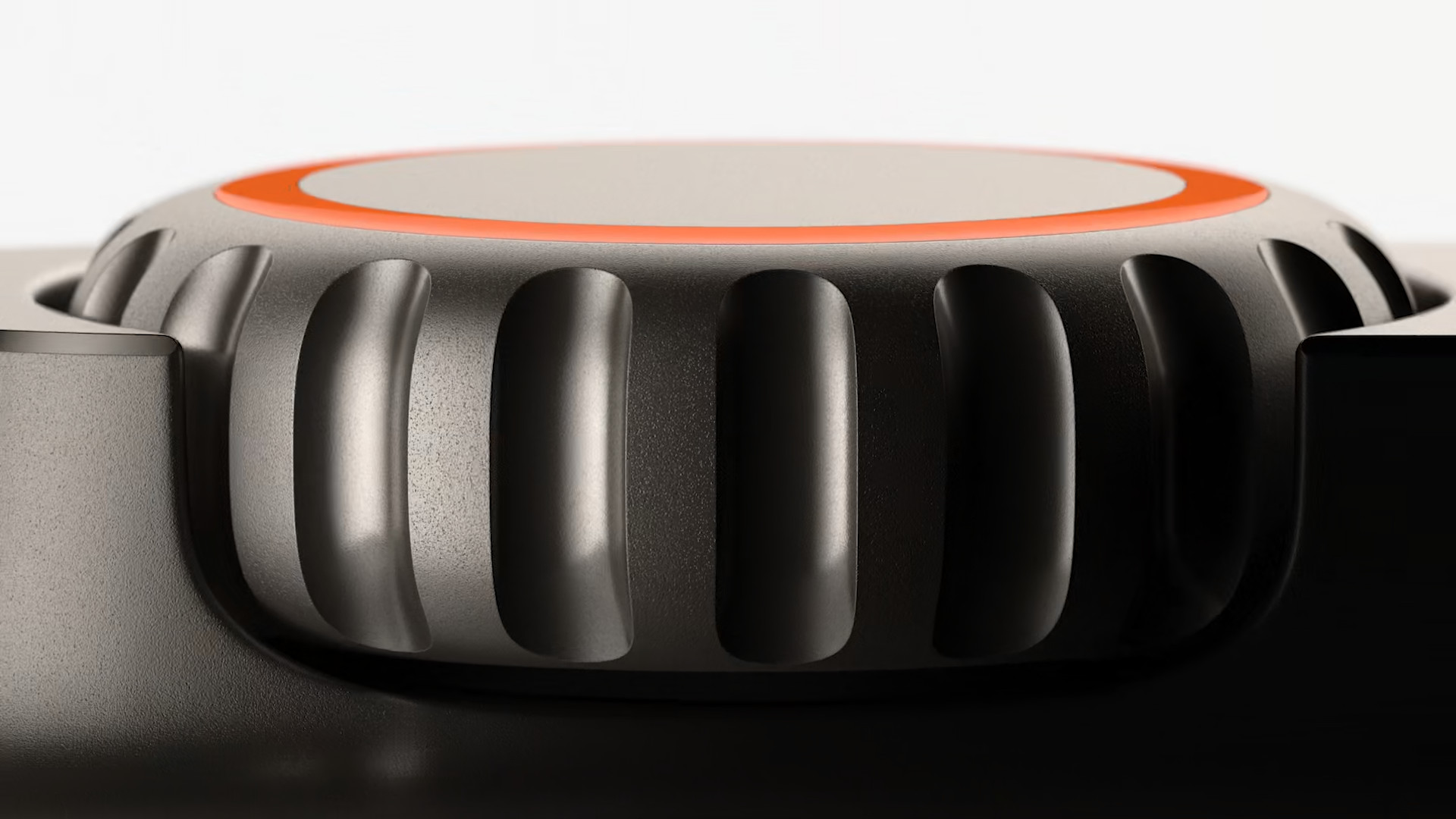


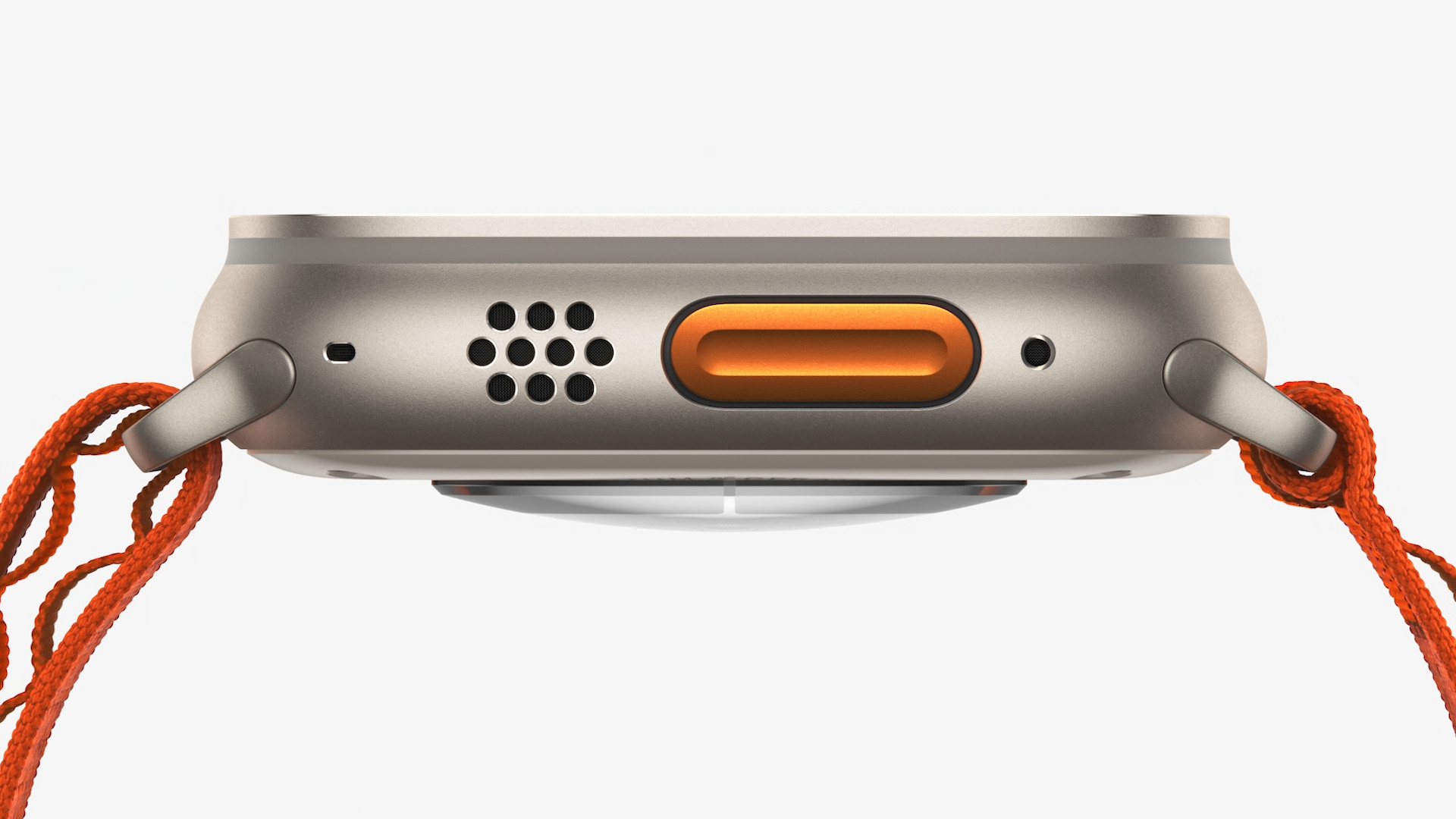
 Flying around the world with Apple
Flying around the world with Apple